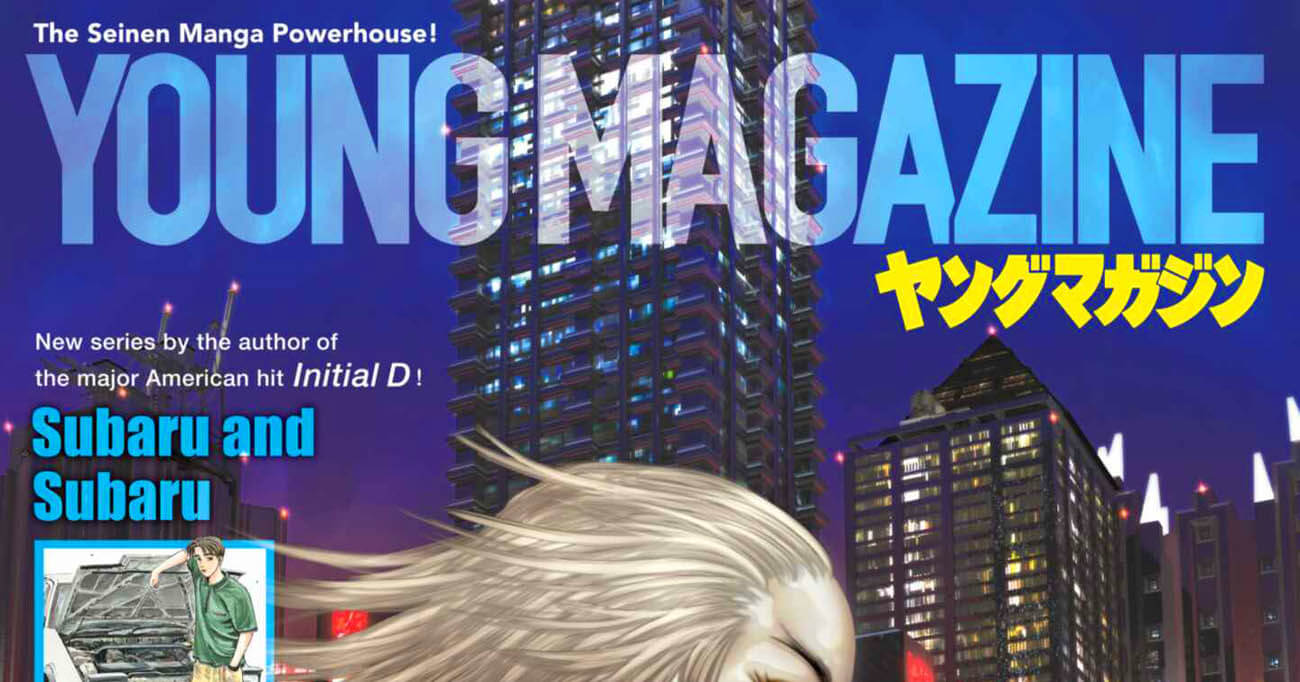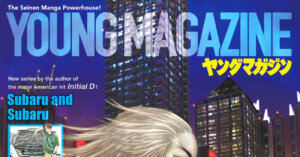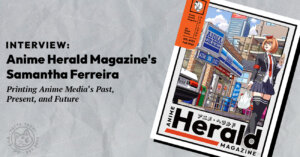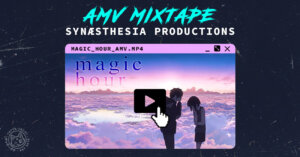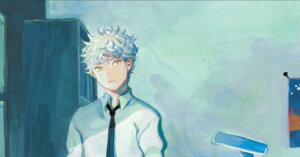Nearly every popular manga abroad was first serialized in Shonen Jump. Despite this, Shonen Jump is just one magazine among many in Japan. Its competition includes Young Magazine, a publication for older audiences which previously serialized such greats as Akira and Ghost in the Shell. Yet Young Magazine itself had no real presence in the United States market. Until this August, that is, when they published a 1000 page English language tome featuring 16 new one-shots (plus three extra that have been published previously.) Readers can vote for their favorites via an online poll; the top five will be serialized on Kodansha’s KManga platform.
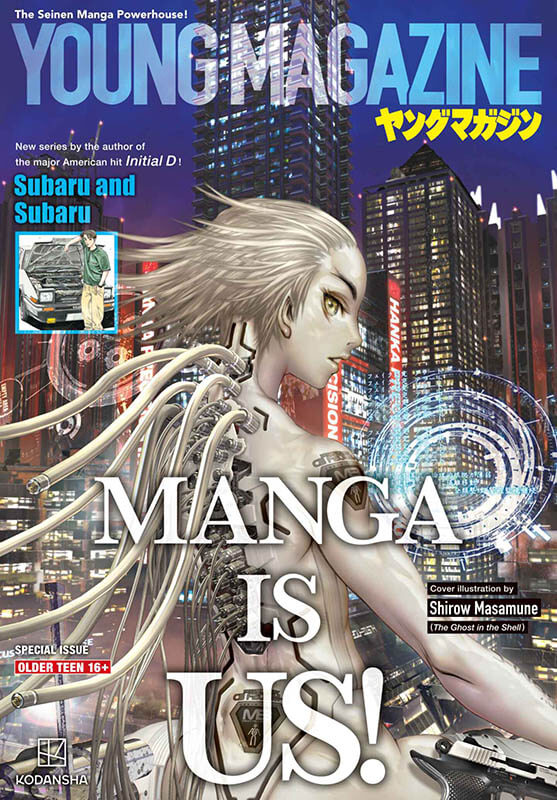
Young Magazine USA includes a good mix of stories across multiple genres. Yet it was clearly arranged to fit “American tastes.” The volume begins with The Last Terran, a gritty science fiction story with a script by Hiroshi Takashige of the classic action manga Spriggan. It’s the kind of work that I could imagine the legendary Studio Proteus picking up back in the day. Other one-shots riff on dark fantasy (GOUMA, The Knight of Blasphemy) and Junji Ito-esque horror (Pregnant), which have proved their worth in the US market. There’s even a traditional boy’s action story (KIKIKAIKAI) for the Shonen Jump readers out there.
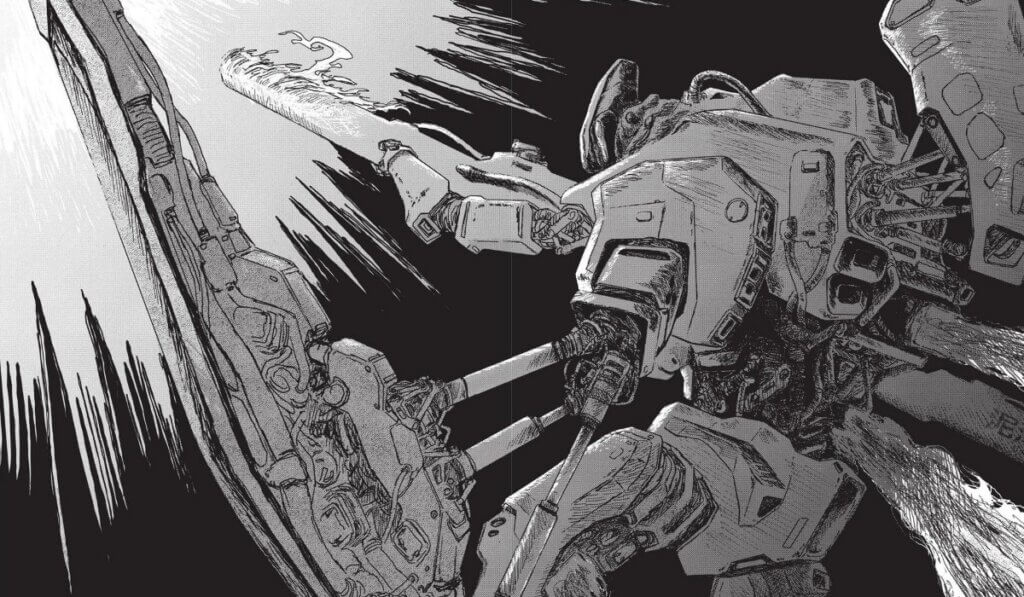
A manga for everyone in America
The manga artists themselves were aware that they were targeting a new readership. “I saw that Young Magazine was looking for hard-SF and horror pitches for the North American market,” Yoshimi Sato of The Graveyard Shift wrote in their author comment, “and I’ve been wanting to try something different anyway.” Meanwhile, artist Ray Kindo said of their work The Knight of Blasphemy, “This isn’t a manga for Japan–it’s a manga for everyone in America!”
Young Magazine’s biggest hits abroad have been science fiction titles. In more recent years, horror manga artist Junji Ito has practically been canonized in the United States. So it makes sense that Young Magazine would begin its run in the US with a foot in one or both of these genres. The number one ranked title in the Young Magazine USA poll right now, though, is not a science fiction or a horror title. It’s boys’ love.
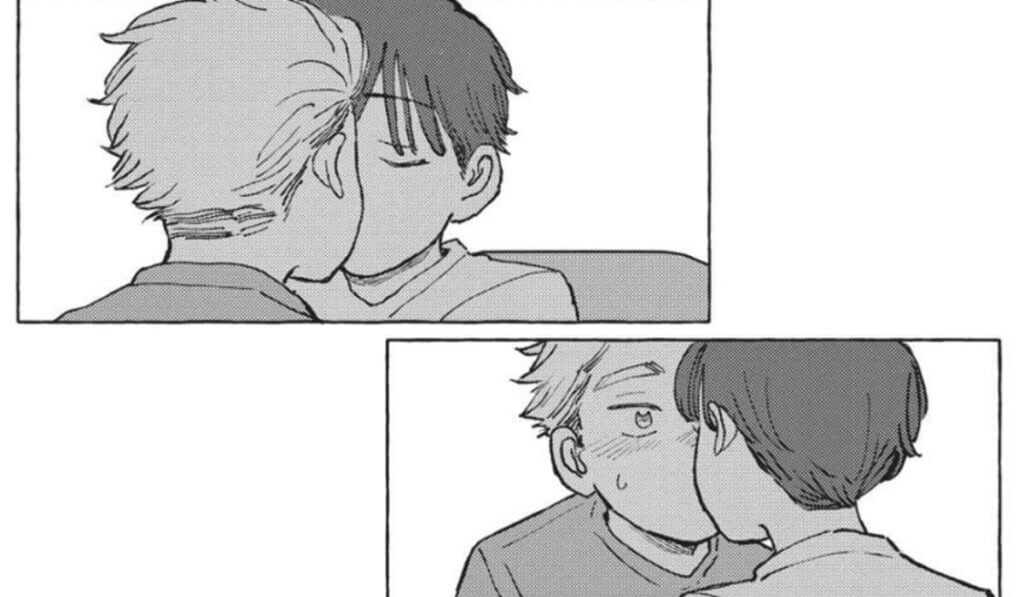
Still You
Still You is a quiet high school romance by Kami Nishio about two young men named Reo and Rui. They kissed each other once as small children and were separated by their parents. Now, Reo has a girlfriend and Rui wants nothing to do with him. But the two can’t help but be drawn to each other, and soon the girlfriend becomes a third wheel.
As my colleague Merve Giray wrote at Comics Beat, Still You isn’t exactly novel, even if it’s the kind of story that’s “worth telling over and over.” That said, I’m not surprised that it’s taken the lead in the poll, because it nails its fundamentals. The characters have clearly defined wants and needs, the girlfriend introduces a complicating factor, and Nishio’s art captures the emotions and ennui of adolescence. Of all the stories in this collection, Still You makes the clearest pitch for what a full series might look like.
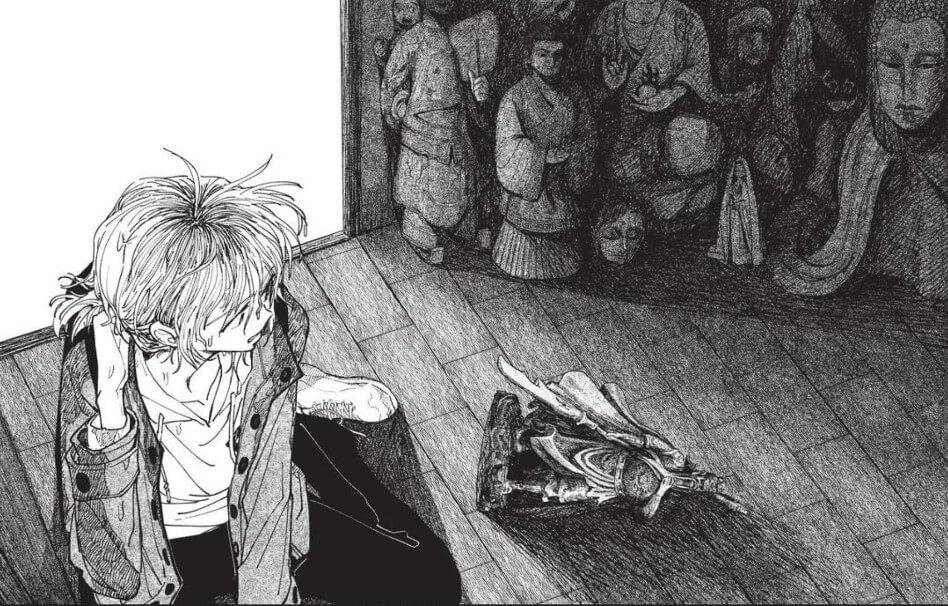
Godmother
Some of the other stories in Young Magazine USA lack these fundamentals even if they are otherwise promising. GOUMA has detailed art reminiscent of Shinichi Sakamoto, but its characters are ciphers. The Journey of a Dark Elf with Fading Powers has a distinct heroine (even if it copies Frieren’s notes) but no real conflict. Even KIKIKAIKAI or Project Metallia, which on paper do everything they need to as series starters, lack a certain something in my eyes to distinguish them from the pack.
The horror or horror-adjacent titles in the collection are more consistent. Into the Dark is a non-stop barrage of imaginative creature designs. The Graveyard Shift mashes together horror and science fiction influences for a bizarro comedic take on Shaman King. I don’t particularly like Pregnant, but it at least has a wild premise (pregnant women possessed by demons!!) and knows when to go for the gross-out.
The best of these is easily Godmother, a one-shot by Rin Shimokawa. Its story is loose, and is more an excuse for horror setpieces than anything else. But its Yokohama Chinatown setting is handled with gusto, and I’m impressed by just how many different kinds of scares Shimokawa fits into the story. Best of all, the one-shot doesn’t feel to me as if it’s calibrated to appeal to American audiences. It reads as if it was merely a story that Shimokawa wanted to tell.
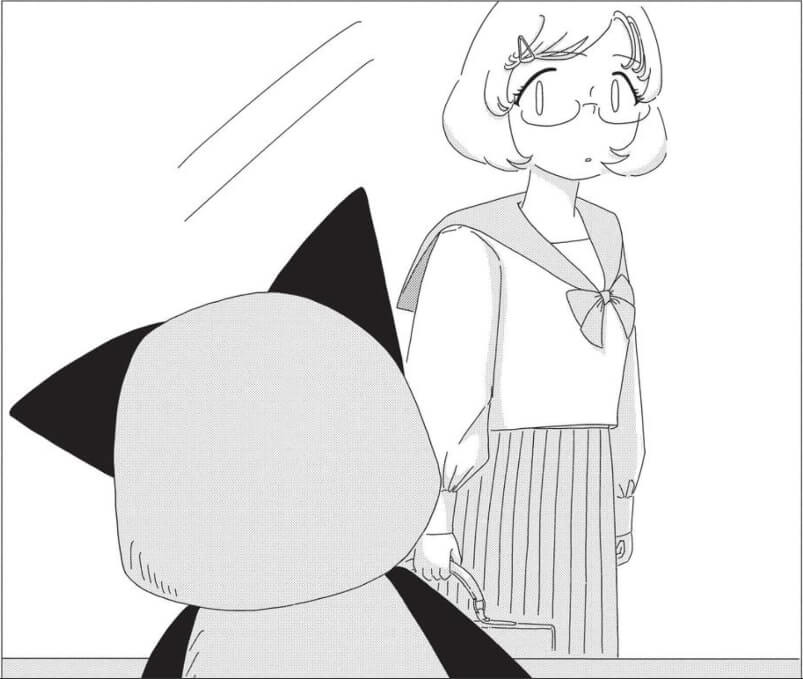
Is My Love Strange? And BOYS RUN THE RIOT
That characteristic is, to me, what distinguishes the best one-shots in Young Magazine USA from the rest. Still You doesn’t resemble anything else in the volume. Neither does Is My Love Strange?, a high school romance that looks like if you combined CLAMP’s Cardcaptor Sakura with the style of animator Wataru Uekusa. In my opinion, it’s the most original story included in the collection, even if it hasn’t made it into the top five poll.
Then there’s BOYS RUN THE RIOT -IN TRANSITION-, the sequel to the beloved manga series BOYS RUN THE RIOT. “I…got a chance to join this project,” writes artist Keito Gaku, “because of all the support American readers gave BOYS RUN THE RIOT.” Don’t forget that this series about the life of a young trans man, localized by an all-trans team, was welcomed with open arms by fans in this country. -IN TRANSITION- could only have been made thanks to that support. (The work itself also shows just how much Gaku has improved as an artist and storyteller since the start of BOYS RUN THE RIOT.)
I want to be clear about my own biases here. I love dark fantasy, science fiction and horror as much as the next person, including manga genre classics like Berserk. I adore Akira and have enjoyed Ghost in the Shell in the past, particularly its anime adaptations. That should make me an easy mark for series like The Last Terran or GOUMA. But when I compare them to works like Still You, -IN TRANSITION- or Godmother, I have to admit that they do not have the juice. It could very well be that the future of Young Magazine is shaped not by science fiction or dark fantasy, but by BL and horror.
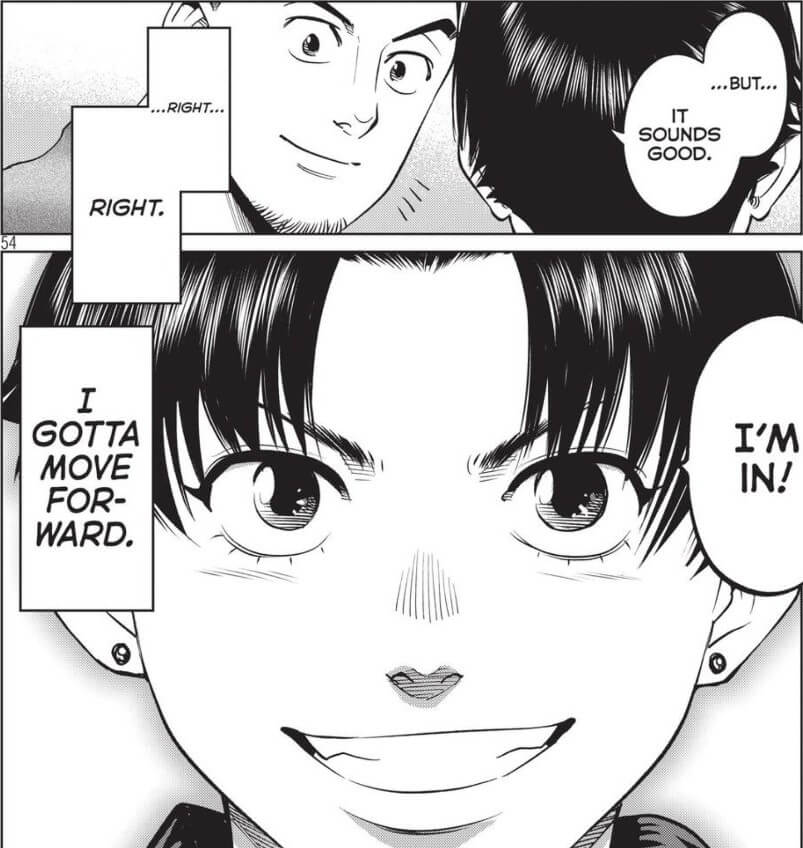
-IN TRANSITION-
Would that be such a bad thing? Young Magazine has always been more than just the publisher of Akira and Ghost in the Shell. USA comes with a CLAMP sticker sheet at the front, as if to remind us that once upon a time they published Chobits and xxxHolic. In the 1990s, they published comics about awkward teenage boys drawn not just by Minetaro Mochizuki and Minoru Furuya, but also by josei artist Moyoco Anno. Just a few years ago, gritty comics like ORIGIN and My Home Hero shared the magazine with the Jurassic gyaru manga My Roomie is a Dino.
Young Magazine’s greatest weapon right now is its flexibility. While science fiction really did once dominate the world of US manga publishing, it has long since been replaced by boy’s action comics from Shonen Jump. But as the novelty of these series wears thin, space is made for an alternative. More and more publishers are salivating to occupy that space themselves. If Young Magazine is to win that battle, they will have to do what manga magazines in Japan have always done: give artists the freedom to draw the stories they want, even as editors gauge the taste of fans on the ground. I’m excited to see them try.
Article edited by: Anne Estrada

Featured Sponsor - JAST
The sweetest romance and the darkest corruption, the biggest titles and the indie darlings; for visual novels and eroge, there's nowhere better.
Big thank you to our supporters
From their continous support, we are able to pay our team for their time and hard work on the site.
We have a Thank-You page dedicated to those who help us continue the work that we’ve been doing.
See our thank you page